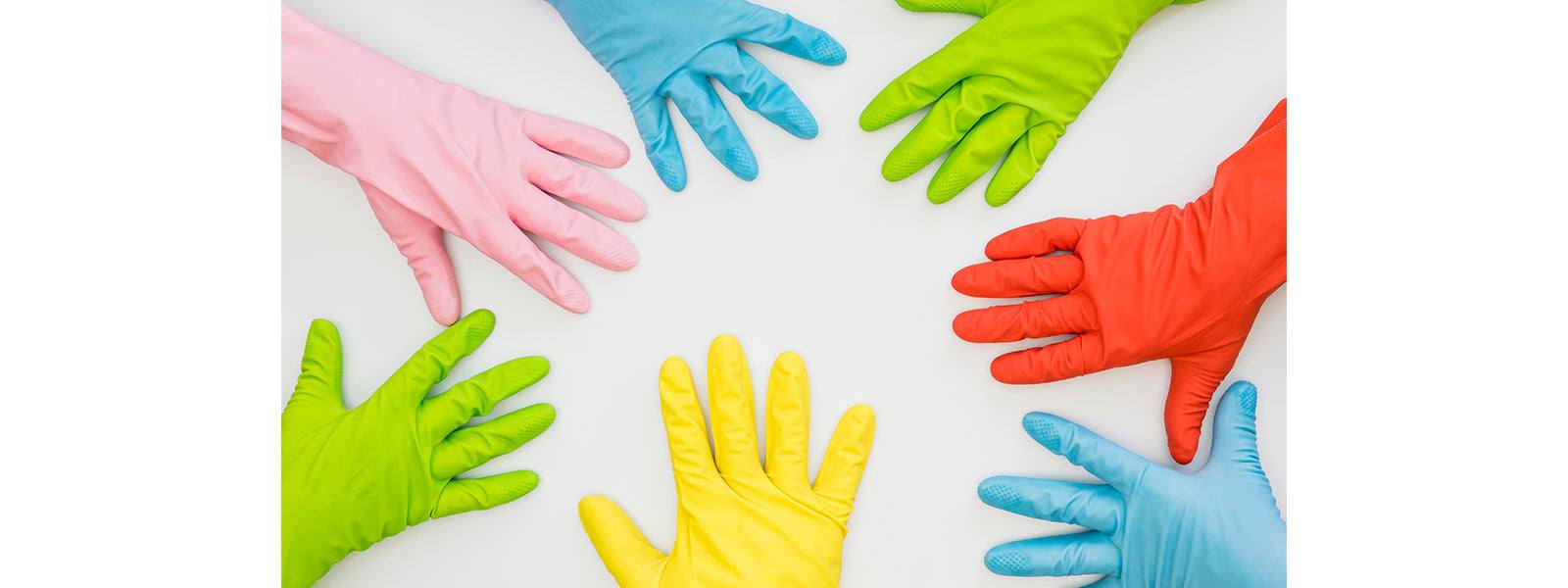
Unveiling the Palette: How Disposable Gloves Get Their Vibrant Colors
In the world of healthcare, food service, and various other industries, disposable gloves have become an essential tool for maintaining hygiene and preventing the spread of infections. While functionality and quality are the most important aspects, the vibrant array of colors in which these gloves come might make you wonder: how exactly are disposable gloves given their hues? Let's dive into the fascinating world of coloration in disposable gloves and discover the processes that bring life to these essential protective accessories.
The Basics of Disposable Gloves
Before delving into the world of colors, let's quickly recap the primary purposes of disposable gloves. These gloves serve as a protective barrier between the wearer's hands and potentially harmful substances. Whether it's in a medical setting, the food industry, or laboratory work, disposable gloves are a critical line of defense against contamination and the spread of infections.
Color Coding for Functionality
One of the primary reasons behind the various colors of disposable gloves is functionality and safety. Different industries often use color-coded gloves to prevent cross-contamination and to easily identify specific glove types. For example, blue gloves might be designated for medical use, while black gloves could indicate that they are suitable for use in the food industry. This color-coded system helps ensure that gloves are used appropriately in different settings, minimizing the risk of contamination.
Understanding the Coloration Process
The process of adding color to disposable gloves is an intricate one, involving careful consideration of both aesthetics and functionality. Here's a glimpse into the key steps of the coloration process:
Raw Material Selection: The base material for disposable gloves is typically latex, nitrile, or vinyl. The raw material's color, often a pale beige or light yellow, serves as the canvas for the final product.
Color Masterbatch Addition: To achieve the desired color, manufacturers incorporate color masterbatches into the raw material. A masterbatch is a concentrated mixture of pigments or dyes in a carrier resin. The type and concentration of pigments determine the final color of the gloves.
Mixing and Compounding: The color masterbatch is thoroughly mixed with the base material through a compounding process. This ensures uniform distribution of the pigments, resulting in gloves with consistent coloration.
Extrusion and Forming: The colored compound is then extruded into the desired glove shape. This extrusion process involves passing the material through a die to create the glove's shape while maintaining the color integrity.
Curing and Quality Control: The gloves undergo a curing process to achieve their final form. Quality control measures are implemented to ensure that the gloves meet industry standards for strength, flexibility, and color consistency.
The vibrant colors of nitrile, latex, and vinyl disposable gloves are not merely for aesthetics; they serve a crucial purpose in maintaining safety and preventing contamination in various industries. The careful selection of raw materials, the addition of color masterbatches, and meticulous manufacturing processes collectively contribute to the diverse palette of disposable gloves available today. The next time you don a pair of colored disposable gloves, you can appreciate the intricate journey they've undergone to become both functional and visually appealing guardians of hygiene.

Leave a comment